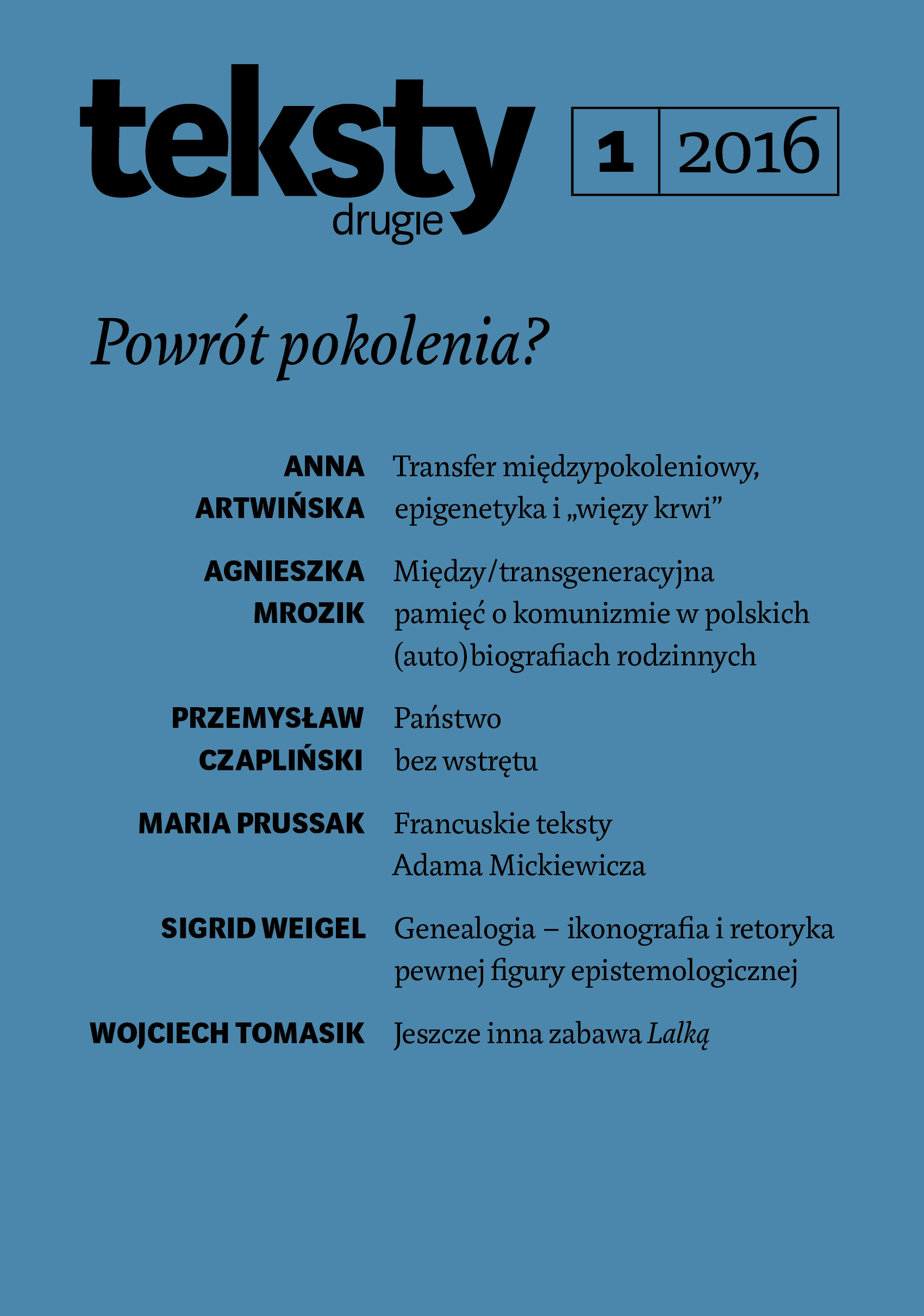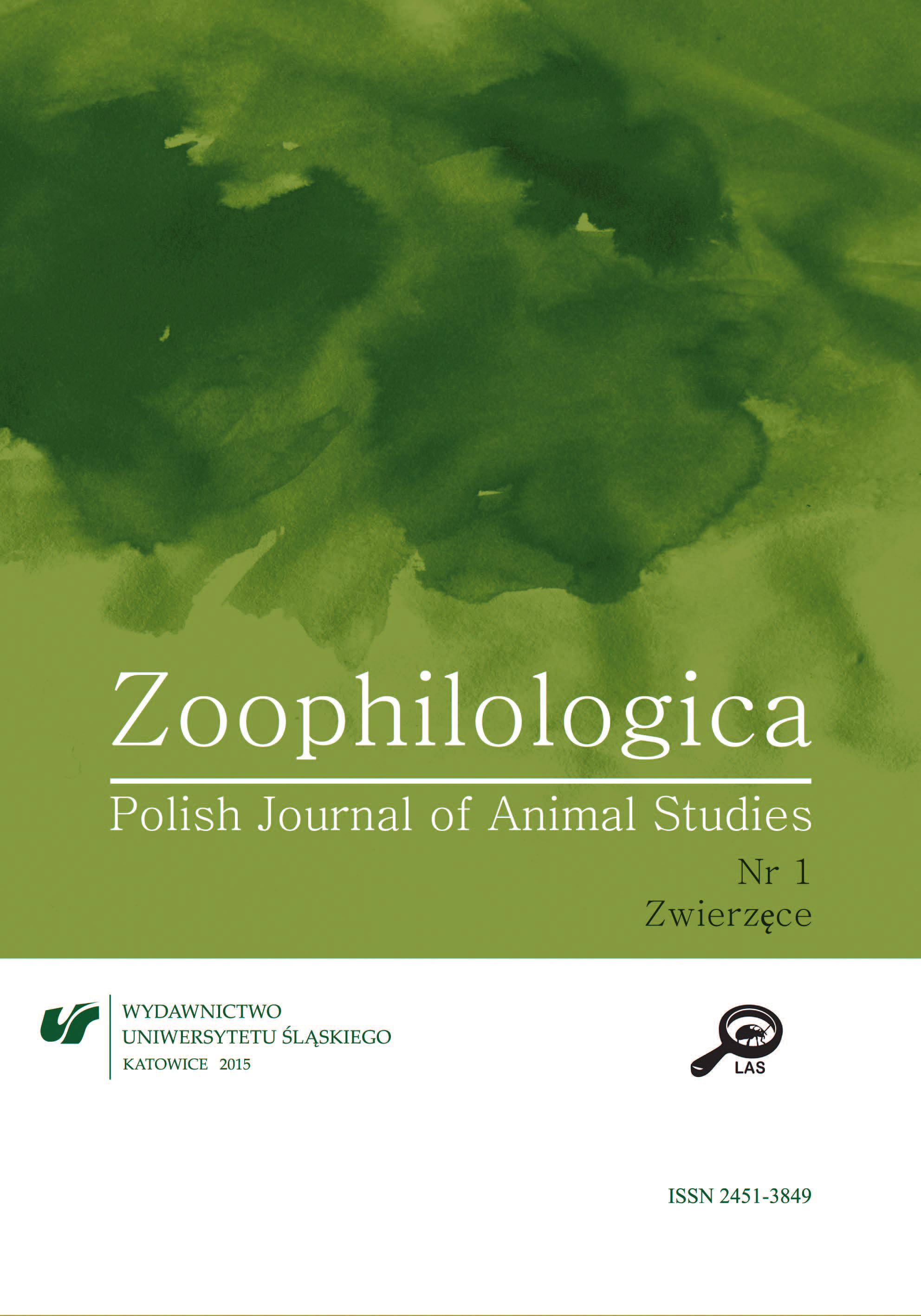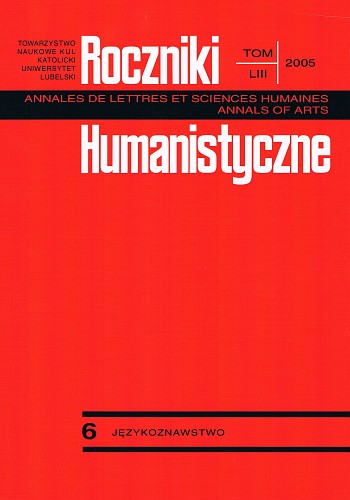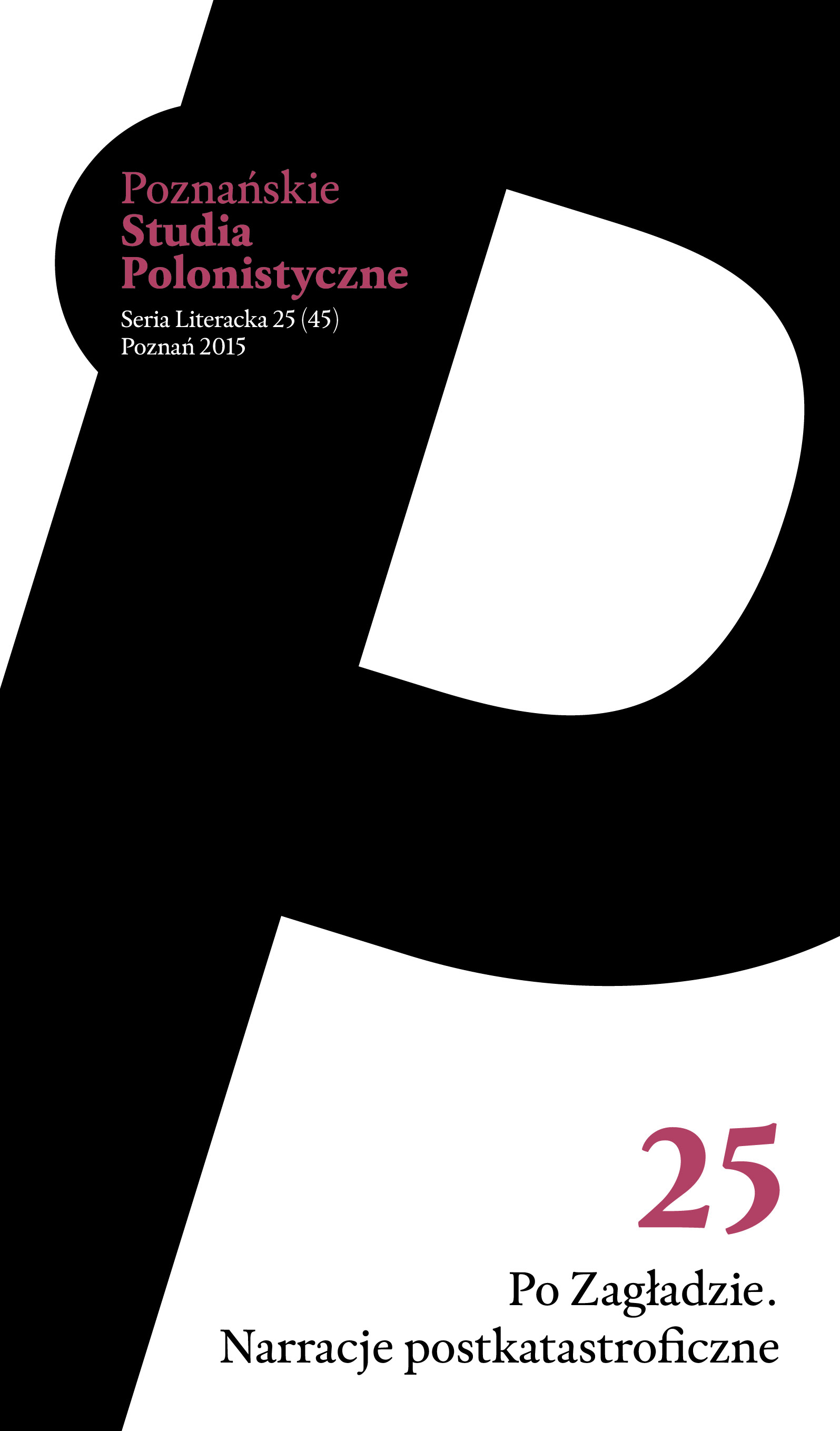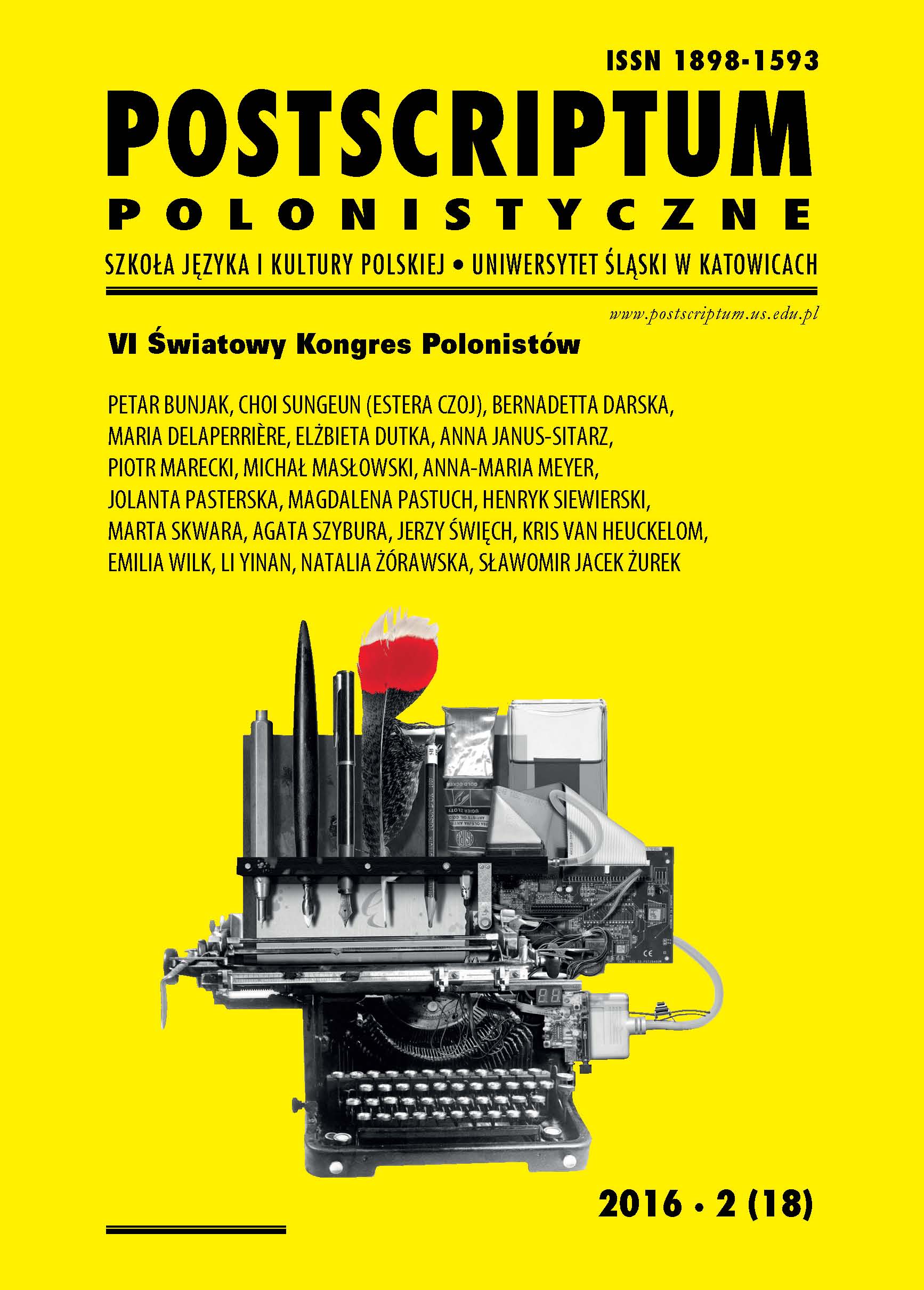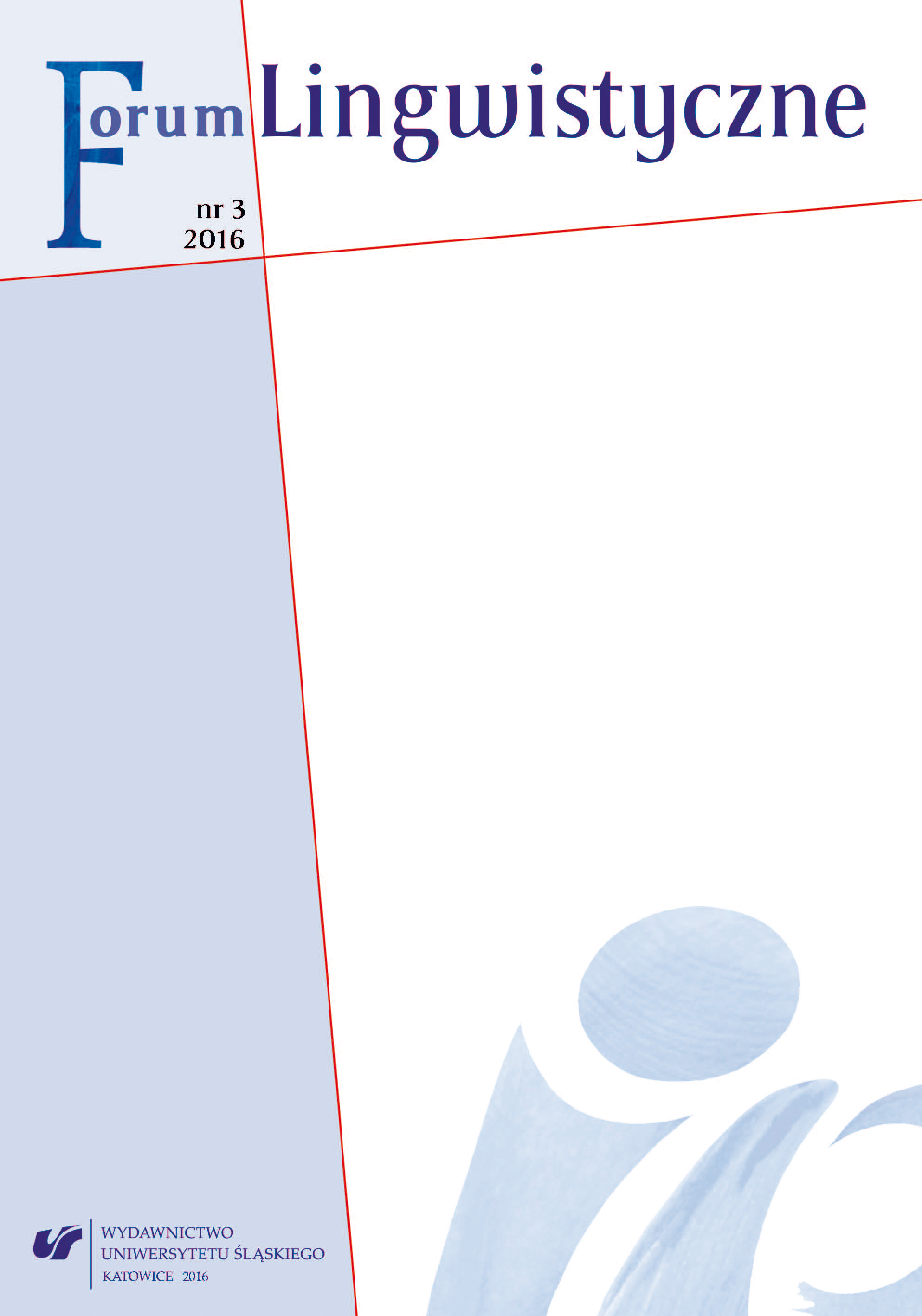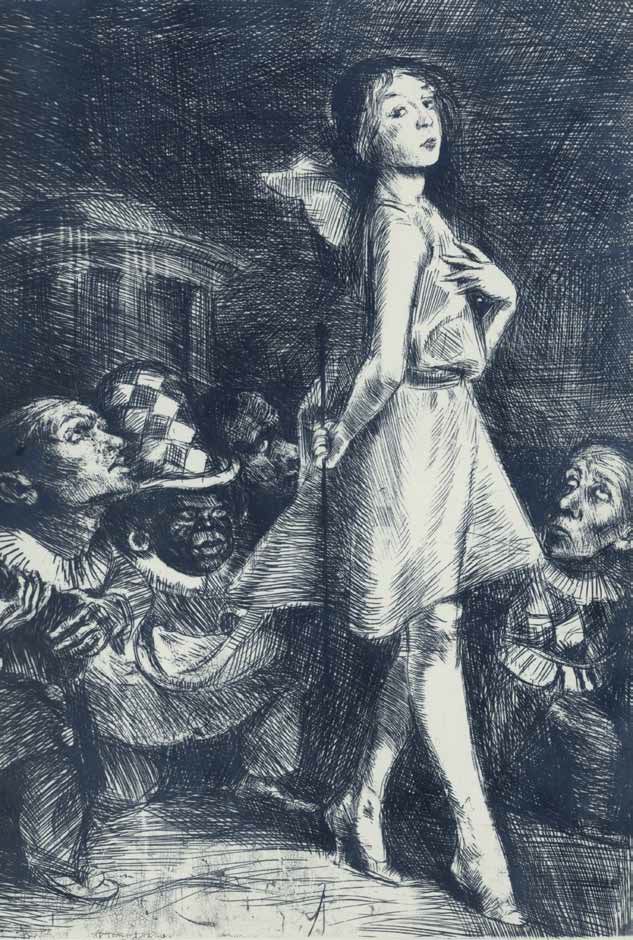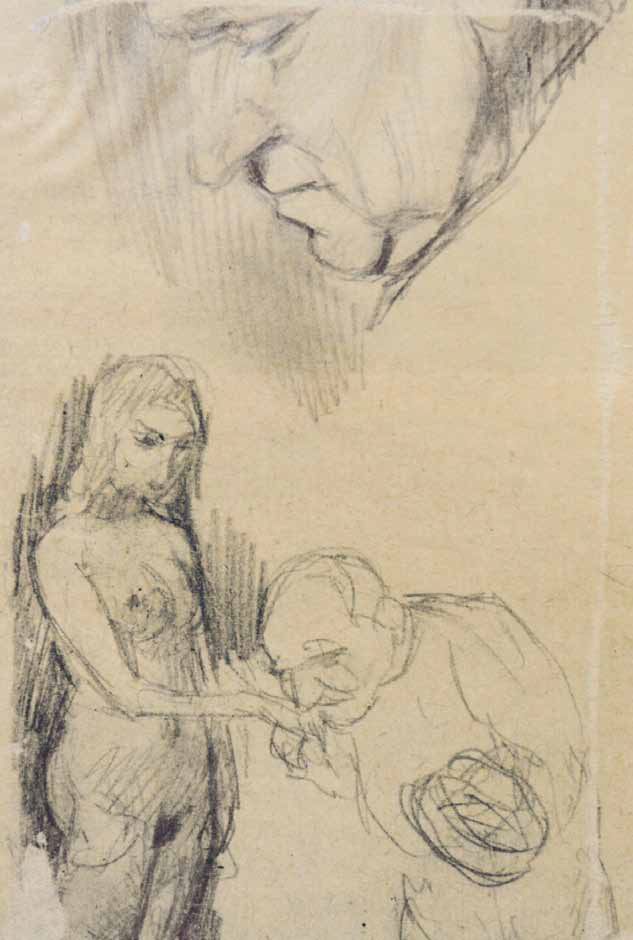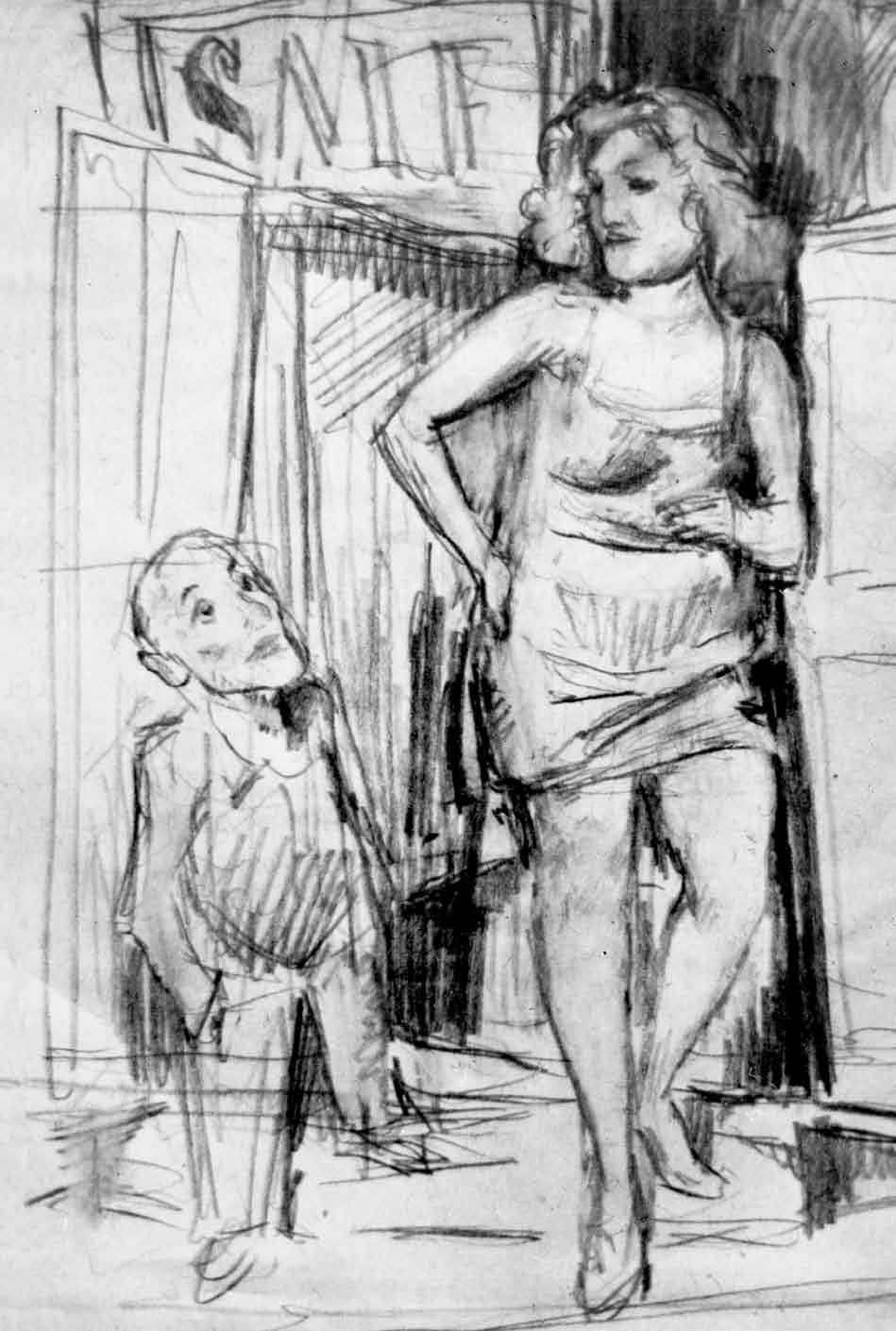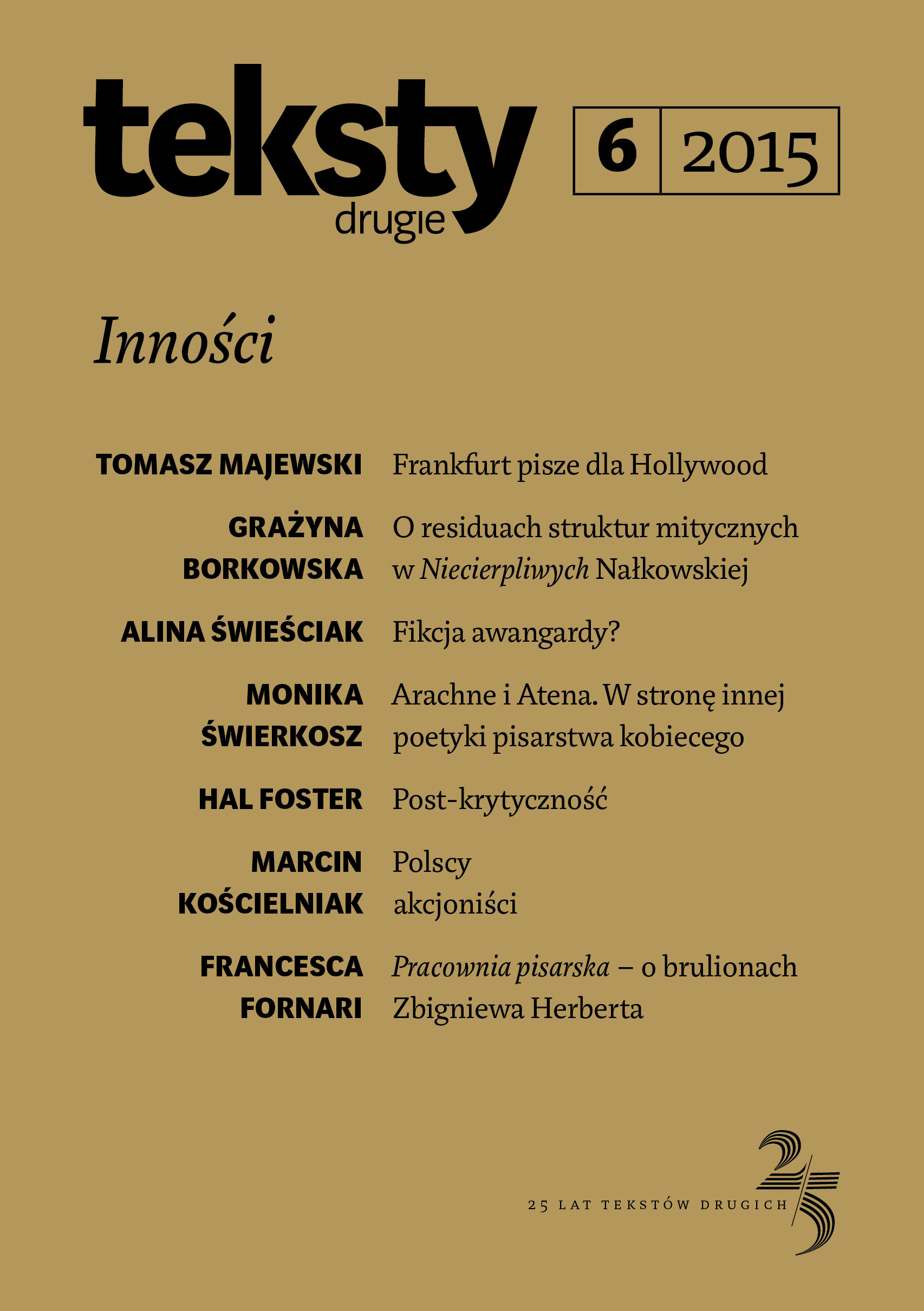
O residuach struktur mitycznych w Niecierpliwych Nałkowskiej
This article tackles two problems: the transgression of the divide between human and animal in Zofia Nałkowska’s novel Niecierpliwi [The Impatient Ones], and the fact that her characters carry uncommon, noble, almost ceremonial names. According to anthropologists and semioticians, but also according to Freud, both questions are linked to the residual mythical structure that dwells in some representatives of contemporary prose. Nałkowska’s case supports this notion. Bruno Schulz already remarked on this characteristic in his ingenious review of the novel in 1939.
More...
